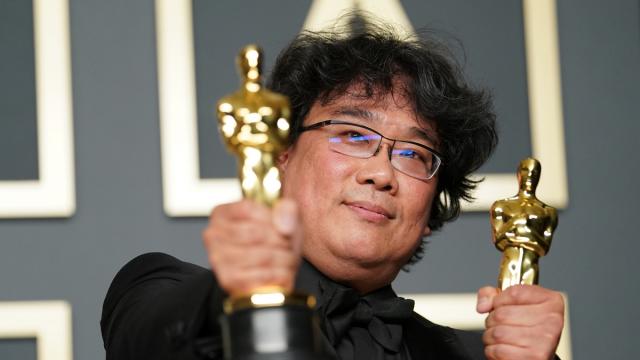To win an Oscar for the coveted prize of Best Picture, films will need to soon ensure they tick off some crucial diversity requirements, thanks to a new announcement.
The Academy Awards, colloquially referred to as The Oscars, has announced it will be introducing new eligibility standards, aimed at increasing diversity on the silver screen.
[related_content first=”1092165″]
The new requirements will only apply to the category of Best Picture, the award shows’ highest honour, and will come into effect from 2024.
Change starts now. We’ve announced new representation and inclusion standards for Best Picture eligibility, beginning with the 96th #Oscars. Read more here: https://t.co/qdxtlZIVKb pic.twitter.com/hR6c2jb5LM
— The Academy (@TheAcademy) September 9, 2020
The Academy’s president, David Rubin, and CEO, Dawn Hudson, released a joint statement explaining the new standards would encourage change within the industry.
“The aperture must widen to reflect our diverse global population in both the creation of motion pictures and in the audiences who connect with them. The Academy is committed to playing a vital role in helping make this a reality,” Rubin and Hudson said.
“We believe these inclusion standards will be a catalyst for long-lasting, essential change in our industry.”
How the Oscars’ new diversity requirements work
Films will need to meet two of four new inclusion standards from 2024 to be considered in the running for Best Picture. Those standards relate to including cast and workers from specific groups, including those from the LGBTQ+ community, underrepresented racial or ethnic groups as well as people with cognitive or physical disabilities among others.
Included is a push for diversity in regards to on-screen representation, themes and narratives but the categories go beyond just requiring diverse faces in film.
The three other categories cover diversity in the creative leadership and project teams, offering industry access and opportunities as well as consideration of audience development.
While it’s still four years before the requirements will apply, the Academy has said films wanting to be considered for the 2022 and 2023 Oscars will need to submit a standards form. If films don’t meet the criteria, they’ll still be considered for Best Picture.
The Oscars has long been criticised for being a space rewarding white, male directors in the industry. In 2015, after an all-white nomination list had been announced, the viral #OscarsSoWhite hashtag was born. It spread awareness and encouraged a move to start making films that catered to more diverse audiences.
Since then, some progress has been made with Black Panther, a majority Black cast, becoming the first superhero movie to win Best Picture in 2018, while Parasite became the first foreign-language film to win Best Picture in 2019.
While the awards might be given to the same demographic of people over and over again, the industry itself has done little to rectify the situation.
A 2016 study found a staggering 92% of film directors were men and that white actors overwhelmingly — at least 86% — landed the lead roles across the biggest movies.
The Academy’s recent announcement is an attempt to right some of it and the industry’s past wrongs but there’s still a long way to go.
[related_content first=”1214249″]
